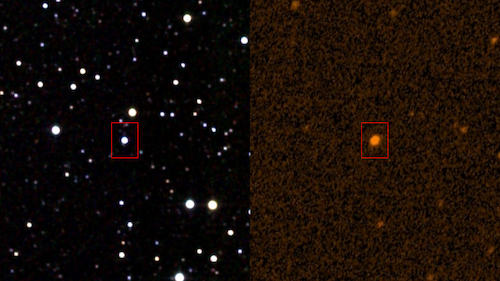 Intelligent Design
Intelligent Design
 Physics, Earth & Space
Physics, Earth & Space
In Astronomy, the Inference to Design Is Flourishing

Astronomers of late have been studying with great interest KIC 8462852, a star observed by the space observatory Kepler.
The star, nicknamed “Tabby’s star” after the astronomer who first noted its unusual behavior, has intervals of extreme occultation. Its brightness dims periodically by 20 percent, which implies that a very large object or structure orbits it. Astronomers have proposed natural explanations for the extreme periodic variation of the star’s light, but the possibility that the variation may be caused by an alien megastructure orbiting the star — a Dyson sphere of sorts — has been raised quite seriously (and appropriately) in scientific circles.
This is an implicit acknowledgement by scientists that the inference to intelligent design in nature is entirely appropriate when the evidence supports it. Intelligent design is science. The refusal to consider intelligent design as an explanation for a natural phenomenon, without regard for the evidence, is the substitution of ideology for science. This substitution of ideology for unbiased science is just what intelligent design deniers are doing in biology.
It is perfectly good science to consider that occultation of Tabby’s star may be due to intelligent design. And it is perfectly good science to consider that the genetic code or the intricate nanotechnology in living cells may be due to intelligent design. Good scientists should consider design as an explanation for natural phenomena whenever and wherever the evidence supports it.
Photos: Tabby’s star. Infrared: IPAC/NASA, Ultraviolet: STScI (NASA) [Public domain], via Wikimedia Commons.
